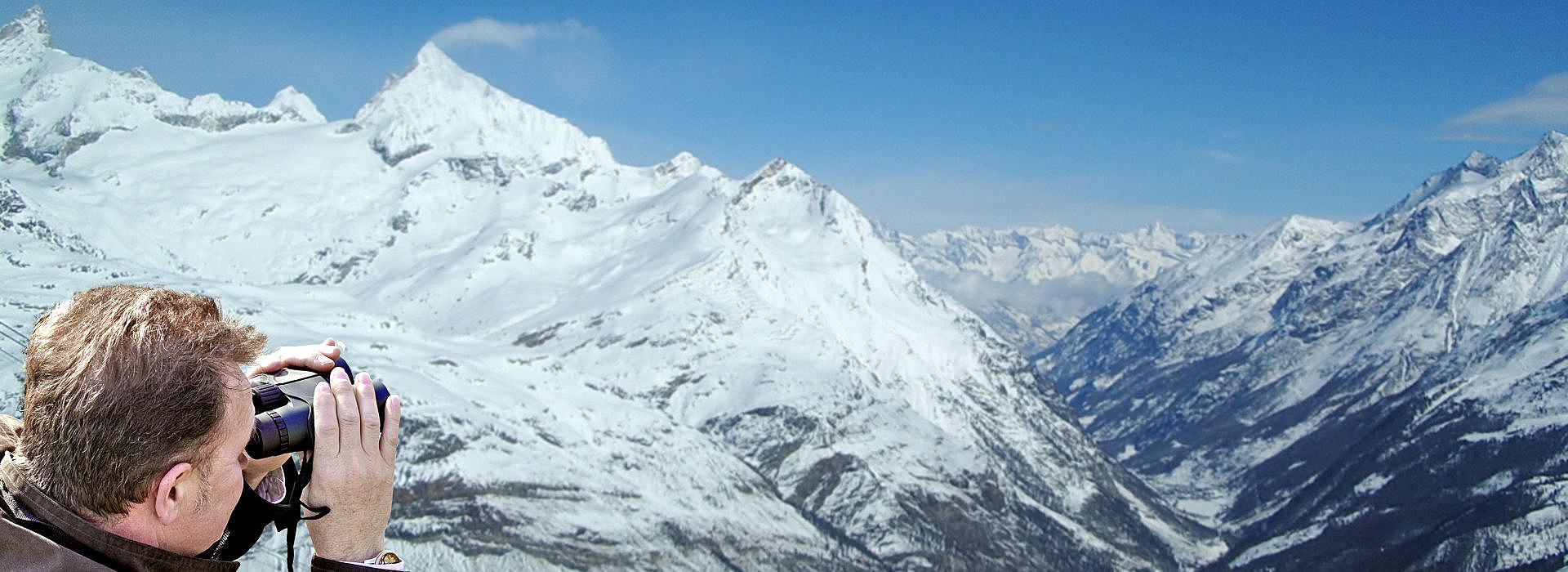WHICH BINOCULARS ARE THE RIGHT HIKING BINOCULARS?

You probably know this or will soon find out. What do I take with me on the hike? A camera? hiking boots? Walking poles? Drinking bottle? Provisions? In no time at all, your hiking rucksack will be full of the utensils you absolutely need. Of course you must also bring your binoculars! Unfortunately grandpa's old binoculars are very heavy. Such binoculars can easily be dispensed with. But nobody wants to go out without binoculars.
But there are nice little binoculars that are perfect for hiking. But what is necessary and what should you invest?
A solid pair of binoculars for the hike is already available for about 30 €. A good pair of waterproof hiking binoculars can be bought for as little as approx. 85 €. Of course, there are hardly any limits to what you can do. Because there are a few points to consider.
WHAT SIZE DO I NEED FOR MY HIKING BINOCULARS?
Binoculars should naturally show a bright image. A first, important clue to this can easily be seen from the model name. The larger the lens diameter of binoculars, the more light can enter the tube and the brighter the image. For example, an 8x34 catches more light than an 8x26, but a larger lens diameter also means more weight. Therefore we recommend a maximum binocular lens diameter of 34mm for hiking. The exception can be binoculars with 42mm aperture if they are very light. Always remember that you have to carry every gram up the mountain. We do not recommend more than 550g. Some binoculars are equipped with magnesium housings that make them very light. An open bridge can also save a lot of weight. This means that the two tubes are connected with only two bridges between the two tubes. Between these two bridges there is a free space which ensures better handling and saves weight. You can find this for example in the Corvette or Pirsch series.
WHICH MAGNIFICATION SHOULD I CHOOSE?
With 8x34 binoculars like the BRESSER Pirsch 8x34 hiking binocularsthe magnification is 8x. This is indicated by the number before the x. The higher the magnification, the closer you get to your subject. Especially in the mountains it can help to choose a 10x magnification with binoculars. With it you can bridge the long distances from the mountain to the valley without any problems. But with the magnification you always lose some field of view. With an 8x you therefore see wider than with a 10x. If you want to see more area at a glance, we recommend an 8x magnification. If you want to see the objects close up, you are welcome to use binoculars with 10x magnification.
We recommend a magnification that is not too high. With a magnification of 12x or 16x you are looking at a smaller field of view and on the other hand it will be difficult to hold the image still in your hand. After all, nobody wants to carry a tripod around with them. A magnification of 8x or 10x is optimal for binoculars during a hike. With an 8x magnification you get an even larger field of view.
WHY IS THE VISUAL FIELD IMPORTANT?
The field of view is always given in metres at 1000 m (122/1000 m) for binoculars. You could say that the larger the first number, the more area I can see through binoculars. A large field of view is more pleasant to look through and the success in finding the desired object increases greatly.
WHAT ELSE SHOULD YOU LOOK OUT FOR TO FIND THE RIGHT BINOCULARS?
Do not forget the accessories. A wide carrying strap can be worth its weight in gold on a hike.
MUST HIKING BINOCULARS BE WATERPROOF?
You can only answer this question for yourself. It certainly makes sense to have waterproof binoculars. But it is not always necessary. If you only go hiking in good weather, it may not be necessary. However, if you come in a rain shower, the fun of watching is soon over. A pair of waterproof binoculars, which you can continue to wear around your neck without hesitation, will help you in this case. It can be useful because of the clouds in the mountains. It is good to hike within the low lying clouds, where the climate is very humid. Here you are on the safe side with waterproof binoculars. Some binoculars have a protective gas in the binoculars (nitrogen or argon). This helps to prevent misting inside the binoculars.
I WEAR GLASSES! WHAT NOW?
If you wear glasses, there are so-called eyecups for both walking binoculars and other binoculars. These can be folded down or turned in. If you wear glasses, you can turn them upside down or turn them down. Your glasses provide the necessary distance to your eyes. This allows you to make better use of the binoculars' field of vision.
You can find more information about binoculars specifications at: www.bresser.de/Ratgeber

 Deutsch
Deutsch
 English
English
 Francais
Francais
 Español
Español
 Italiano
Italiano
 Nederlands
Nederlands
 Polski
Polski
